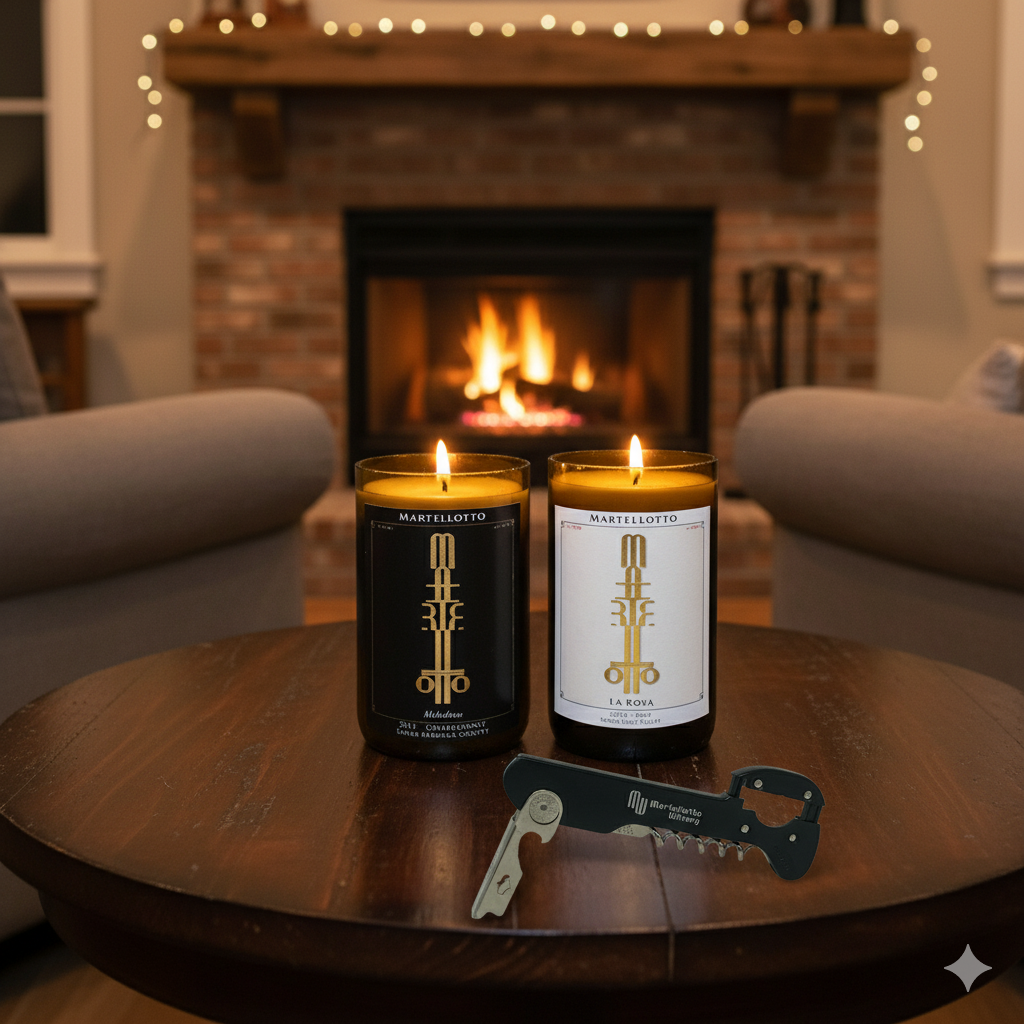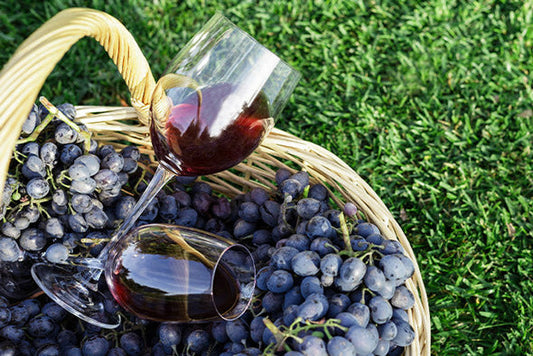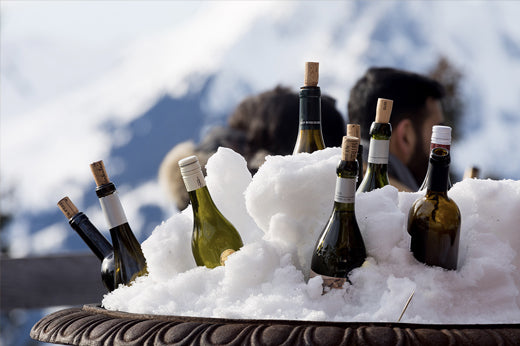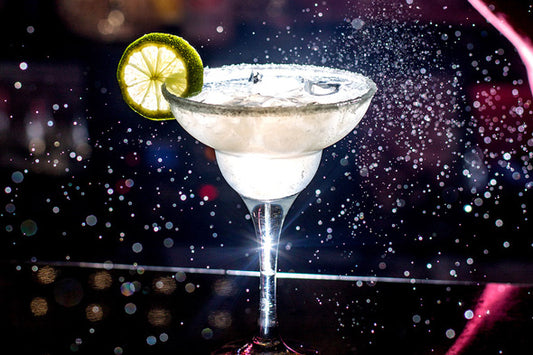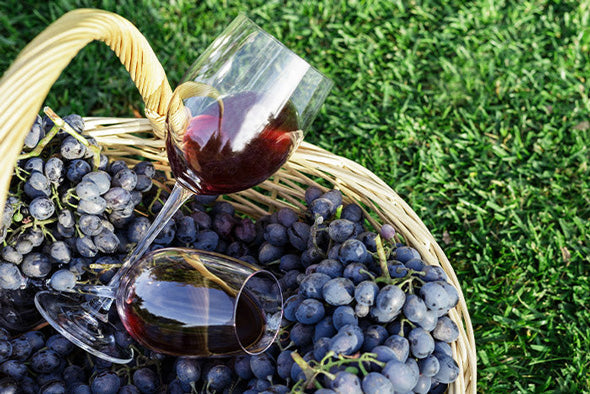
Fining and Filtering Wine: Are These Processes Bad? Are “Natural” Wines Better?
Are unfined and unfiltered wines more “natural” than wines which are fined and filtered? How do these processes impact a wine’s quality?
Most winemakers around the world use fining and filtering as part of their tool set, though some winemakers reject them.
Let’s look at why or why not winemakers choose to fine or filter their wines, and how these processes impact wine quality.
Natural Wine Defined
According to Wikipedia:
“Natural wine refers to a generalized movement among winemakers for production of wine using simple or traditional methods. Although there is no uniform definition of natural wine, it is usually produced without the use of pesticides or herbicides and with few or no additives.”
This broad definition leaves enough leeway to drive several freight trains through. Europeans have been making wine with “simple and traditional” methods for centuries.
The natural wine movement rose as a rejection of large-scale wine production and the use of chemicals.
Leading natural wine advocates, Alice Fearing and Isabel Legeron, added their definitions. Natural wines are made from organically farmed grapes. They are processed without additives and without removing naturally occurring compounds.
So, no fining or filtering allowed, or even the use of sulfur (SO2.)
Most of today’s wide range of natural wines look, taste, and feel different from fined and filtered wines. They can look cloudy or muddy, show muted or less vibrant colors, or even contain floating particles that can be gritty in the mouth. Others are more forgiving.
As an organic product, wine suffers from bacterial contamination. Fining and filtering are used for stabilization, inhibiting bacteria, and improving a wine’s appearance and drinkability.
These winemaking tools perfect the look, feel, taste, and ability to age of most wines. Think of these tools as wine’s “finishing school.”
The Wine Fining Process
Winemakers use fining to remove solid particles remaining after fermentation. A clear wine looks more appealing in the bottle than one with particles floating in it.
Wines with too much tannin can benefit from fining. These wines can be unbalanced, so removing some tannins brings the wine in balance.
Other reasons for fining include reducing bitter flavors, undesirable aromas, and color changes due to oxygen exposure.
During barrel aging, a binding agent such as clay, egg whites, or gelatin is introduced. This agent attaches to the debris in the wine. The debris falls to the bottom of the tank and the liquid is racked off the remains.
Winemakers fine both red and white wines. White wines are fined to remove yeasts and avoid malolactic fermentation. Red wines are fined to clarify the wine or to remove tannins.
Fining in white wines results in brighter colors after the removal of the yeast. Removing tannins in red wine lightens the color, but not perceptively so.
Mouthfeel improves from fining because no one wants to drink wine with particles they can feel on the tongue. It’s like drinking funky, muddy water.
But the more fining a wine undergoes, the greater the impact on the wine. Too much fining can remove compounds that add character and nuance to a wine, such as mouthfeel, color, aroma, and flavor. Removing too much tannin from red wine could impact its ability to age.
Winemakers should take care when fining a wine. They should use this tool to balance the wine’s elements and provide a pleasant experience for the drinker.
The Wine Filtering Process
Filtering takes place after fining but before a wine goes into the bottle. Fining comes first to remove large debris. Then filtering further clarifies the wine by removing any residual particles. It also provides bacterial stabilization.
As with fining, red and white wines can be filtered. The process entails pouring wine through filter pads or cartridges to remove yeast and bacteria. The more a wine is filtered, the greater the impact.
Stabilizing wine is critical because unfiltered wines run the risk of contamination. Filtering is necessary to remove and prevent bacteria. If winemakers find evidence of bacterial growth or other significant flaws, filtering benefits the wine. If a wine has no flaws, filtering becomes a choice.
Winemakers filter white wine to inhibit bacteria from growing in the bottle. Filtering white wine can prevent malolactic fermentation from occurring by removing leftover yeast.
Red wines are not always filtered because they drop tannins anyway in the form of sediment. Because they are vinified dry and undergo malolactic fermentation, red wines experience less bacterial risk from excess yeast.
A filtered wine has a cleaner appearance, without haze or particles. But, excess filtering can remove aromatic and flavor compounds and reduce a wine's ability to age.
Other filtering methods include adding sulfur (SO2) or racking after fining for red wines. White wines too delicate for filtering can be subject to cold stabilization as an alternative.
Most winemakers want a clear and stable wine without sacrificing quality. They should apply a light hand when using filtering as a tool.
Natural Wine, Aging, and Color
Since people drink most wines young, they aren’t made to age. Most consumers don’t care about the color of wine as it ages. But, understanding color is necessary when choosing a bottle to enjoy.
Though it seems counterintuitive, white wines grow darker with age while red wines grow lighter.
The chemical process of aging changes the color compounds in young wines, called anthocyanins, into other pigments, like proanthocyanidins. About half the anthocyanins transform by the end of the first year and most disappear within five years.
As pigments transform over time, red wines show more orange and brown colors. White wines get darker and richer in color as acids drop and the wine oxidizes. Over a longer time, both red and white wines tend towards orange and brown.
“Orange” wines, white wines with extended skin maceration, can be mistaken for aged wines.
Some winemakers promote cloudy wines with muted colors, believing they are more naturally made. These wines are unfined and unfiltered and may or may not be free from flaws.
Don’t confuse a poorly made wine with one that has been made with care, even if the winemaker used other tools to improve the wine.
Using these techniques, like any other process, depends on what the winemaker intends. If they want to fine or filter a wine, they do so to improve it. These processes wouldn’t have stood the test of time if they were damaging to the wine.
Economics may also factor into the decision because consumers prefer nice looking, clean, clear wines. So do wine judges and critics.
Christian Moueix, who made the famous Chateau Petrus for years, used to say he filtered Petrus because he didn’t hate his customers. That’s enough to make any winemaker consider these tools.
